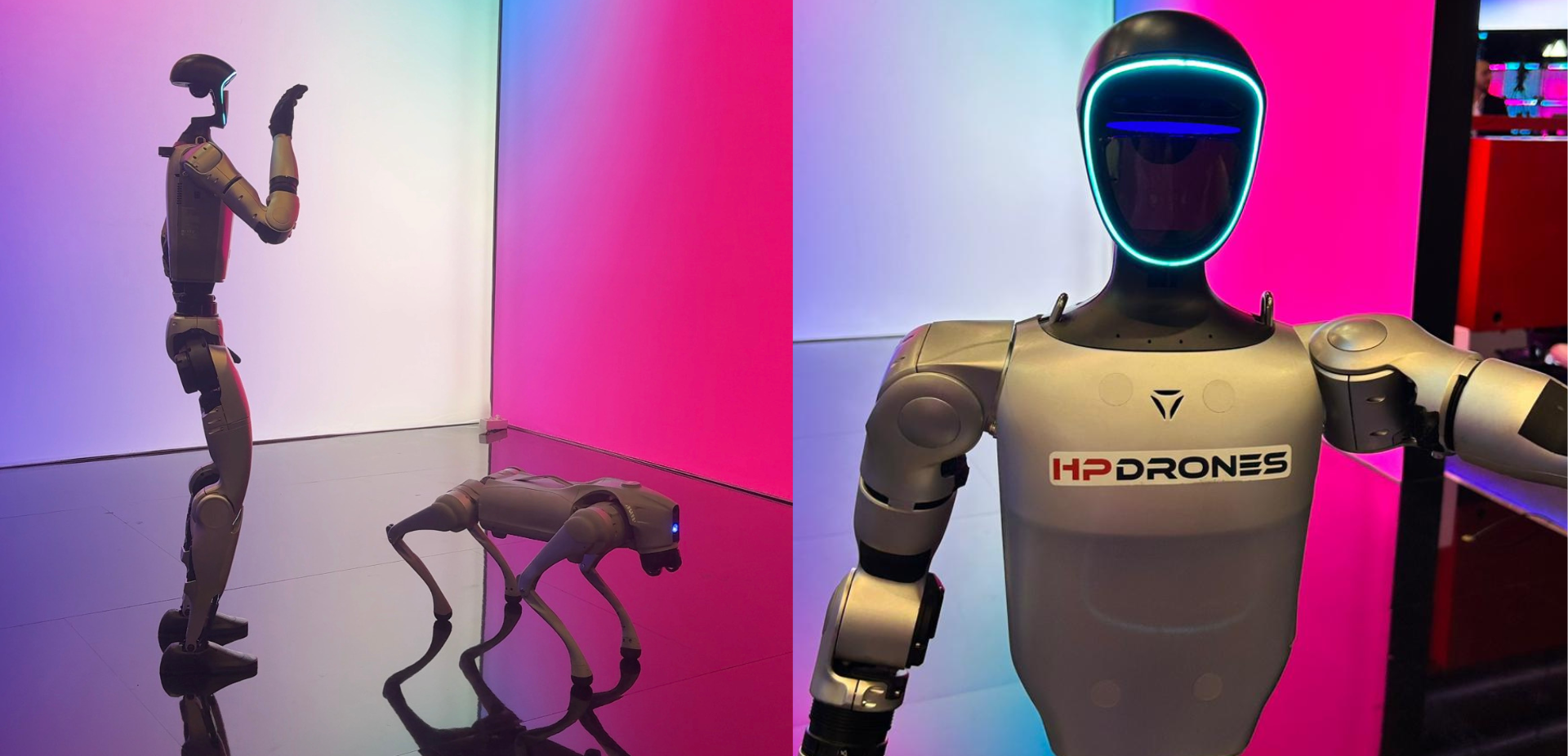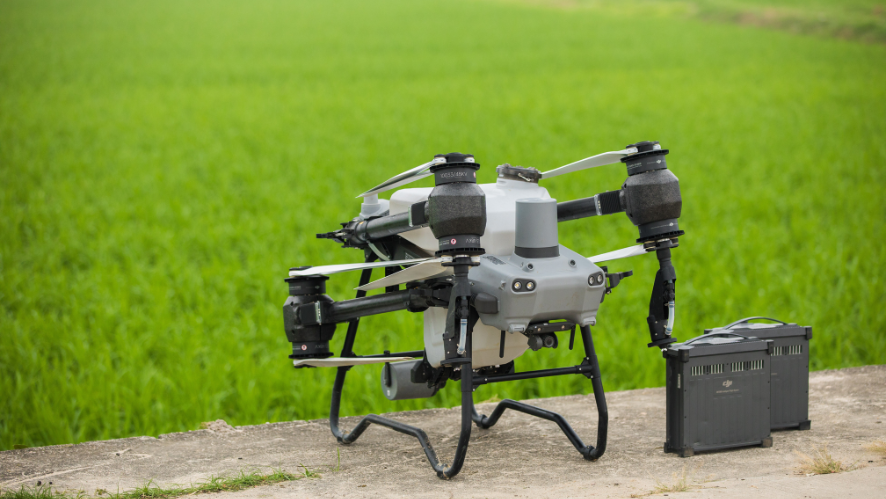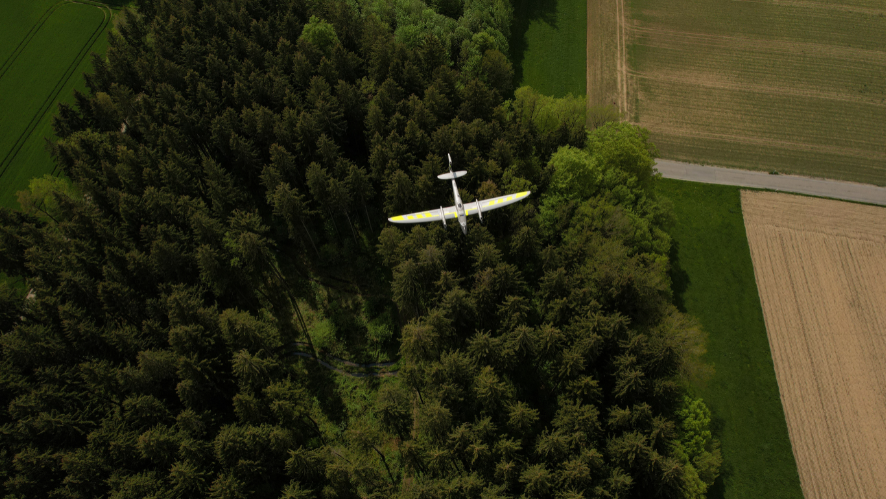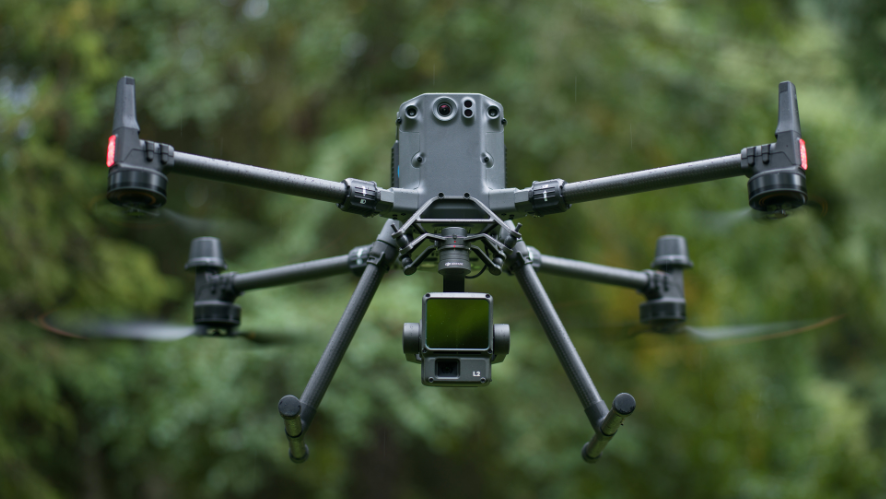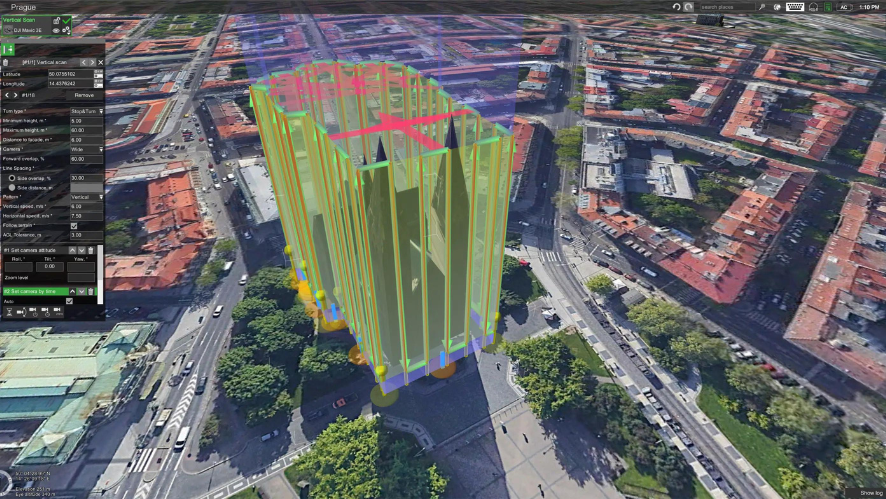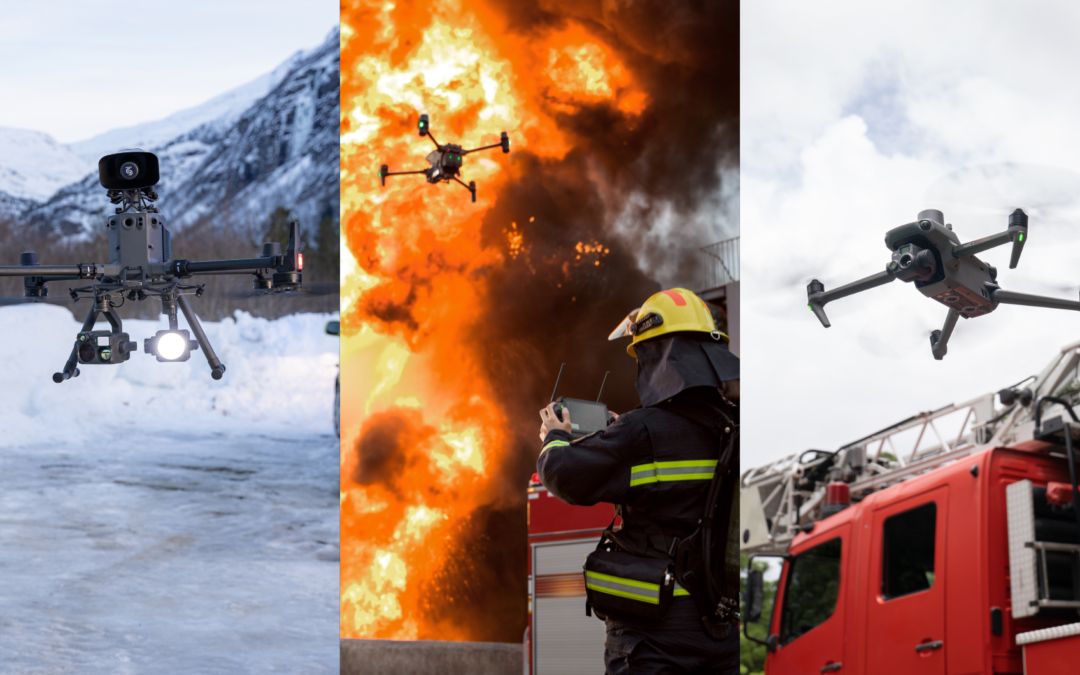As we all know, in emergency situations, a rapid response is crucial. Having tools that contribute to efficient work brings positive results for the operation. The use of drones in these situations is proving to be a great ally, as they can provide data to the teams and operators involved in a short space of time. Find out how drones are changing the way we work in areas such as search and rescue, firefighting and law enforcement. Emergency workers are adopting state-of-the-art aerial tools that allow them to make quick and informed decisions when responding to volatile emergencies
Team protection and assertive decisions
Drones equipped with high-resolution cameras and thermal sensors allow operators to get a clear view of the emergency site without exposing first responders to unnecessary risks. For example, in a fire, drones can fly over the affected area, providing real-time information on the extent of the fire and identifying safe evacuation routes. This makes it easier for teams to plan their actions more safely and effectively. In the case of forest or building fires, firefighters often deal with uncertainties in their operations. Such as knowledge of the location, how quickly the fire spreads, the integrity of the structures involved, the risks in the vicinity, possible secondary fires, among other factors. Thermal imaging using drones can provide objectivity and clarity when you need it most.
Seeing the invisible
Drones equipped with infrared sensors and thermal cameras can detect fire outbreaks that are invisible to the naked eye. In fires, drones can identify hotspots hidden under vegetation or in structures, allowing firefighting teams to target their efforts more effectively. During search and rescue operations, these sensors can locate people trapped in rubble or lost in remote areas.
Incident response
One of the biggest advantages of drones in emergency situations is the speed with which they can be deployed. In a matter of minutes, a drone can be launched and fly over the affected area, providing a panoramic view of the incident. Drones are equipped with high-resolution cameras and thermal sensors that can identify critical points. In road accidents, they can provide a detailed view of the damage and help identify victims. This ability to identify quickly is vital for directing resources and efforts efficiently. Therefore, choosing the right drone is key to maximizing the benefits of this technology and ensuring a rapid response to incidents.
Top drones and sensors for emergency situations
- DJI Mavic 3 Enterprise – A versatile small drone. It has high-resolution cameras with optical and digital zoom, as well as thermal sensors for heat detection (thermal version), essential for identifying fire outbreaks and locating victims. With a flight autonomy of up to 45 minutes, it can cover large areas and operate in a variety of adverse weather conditions. Precision RTK technology and obstacle sensors ensure safe and efficient operations, making it an indispensable tool.
- DJI Matrice 350 RTK – It’s a drone known for its durability and weather resistance, making it a reliable tool for a wide range of weather conditions. Designed to operate in extreme temperatures, between -20°C and 50°C, the M350 RTK has an IP55 rating, guaranteeing complete protection against rain and sand. This state-of-the-art drone redefines the industry with an innovative video transmission and control system, comprehensive safety features and robust payload and expansion capabilities, making it ideal for advanced aerial operations.
- DJI Matrice 30 – The M30 has a hybrid payload that combines visual and laser rangefinders, including a 48 MP Zoom camera and a 12 MP Wide camera, both equipped with sensors capable of recording 4K video at 30 FPS. Both models also feature an improved FPV camera that provides greater detail in low light conditions, making night navigation easier for pilots. With a light weight of just 3.77 kg, the M30 is easy to carry and compact when folded, so it can easily be placed in a backpack for transport on foot. Operating in a wide range of temperatures, from -20°C to 50°C, the M30 is a viable choice for critical missions that require operations without relying on ideal weather or lighting conditions.
- DJI Dock 2 –The new version of the Dock 2 offers easy operation and superior results. A device with IP55 resistance to dust and water, it weighs less than 35 kg and is easy to use. It allows various sectors to carry out previously impossible missions, including first responders. This new version includes a unique drone, the Matrice 3D/3TD, with a telephoto camera, a wide-angle camera and an infrared camera (3TD version), which can represent thermal and visible light images, making it suitable for security and inspection operations.
- DJI Zenmuse H30 – The new Zenmuse H30 sensor series brings major improvements and new tools, integrating five main modules: a wide-angle camera, a zoom camera, an infrared thermal camera, a laser rangefinder and a NIR auxiliary light. With a powerful optical zoom of up to 34x and a digital zoom of 400x, this device provides an extremely close view of the action with astonishing clarity. The NIR auxiliary light offers additional active illumination, ensuring detailed visibility in any lighting conditions. The thermal infrared camera provides detailed thermal images with a resolution of 1280×1024 and versatile measurement modes for a wide range of temperatures.
Contact our sales department to find out how to simplify your operations and achieve considerable improvements in the safety and agility of your missions. Drones have proven to be essential and extremely valuable allies in public security operations. We are on hand to offer the best solutions according to your organization’s specific needs.
______________________________________________________________________________________________________________

